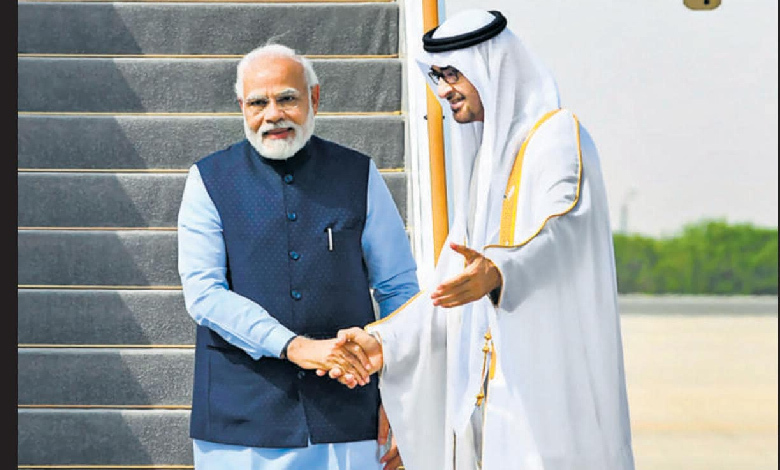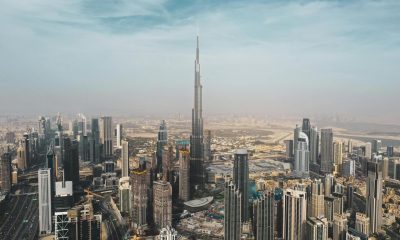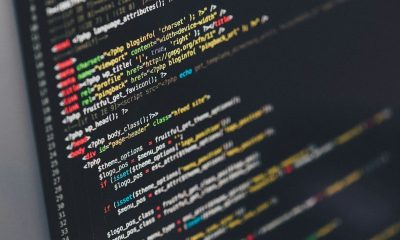Indian Prime Minister Narendra Modi, Qatar’s Prime Minister Sheikh Mohammed bin Abdulrahman Al Thani and Turkish President Recep Tayyip Erdogan are set to soon arrive in Dubai for the upcoming World Government Summit.
The three leaders will be among more than 25 world leaders and heads of state attending the Summit at Madinat Jumeirah. They will head high-level delegations from their countries, which have been named guests of honour at the global gathering.
“Shaping Future Governments” at WGS 2024
Since its inception in 2013, the annual event has championed the cause of creating a better future for humanity. This year’s Summit – set to run from February 12 to 14 – has adopted the theme of “Shaping Future Governments“.
It will feature over 4,000 delegates from the public and private sectors, including 200 speakers from 80 international, regional and intergovernmental organisations such as the UN, International Monetary Fund, International Atomic Energy Agency and Arab League.
The Dubai event will also include 15 conferences aimed at defining the future of AI, government services, urbanisation, education and smart mobility, reported The National. There will be six additional conferences to cover pressing topics like sustainable development.
Mohammed Al Gergawi, Minister of Cabinet Affairs and chairman of the World Government Summit, said the selection of India, Turkey and Qatar as guests of honour at the global gathering reflected the deep-rooted ties they share with the UAE.
Narendra Modi’s high-profile UAE tour
WGS 2024 is expected to have a notable focus on advanced technology. Key players in the evolution of the technology sector such as OpenAI CEO Sam Altman and Nvidia billionaire Jensen Huang will also help shape the debate.
PM Modi’s appearance at the Dubai Summit comes in a week in which the Indian leader already has two high-profile engagements in the Emirates. He will address the Indian community on February 13 and inaugurate Abu Dhabi’s BAPS Hindu Mandir the next day.
Read More: Gaza’s cancer patients fighting a tougher conflict: Key details inside






















